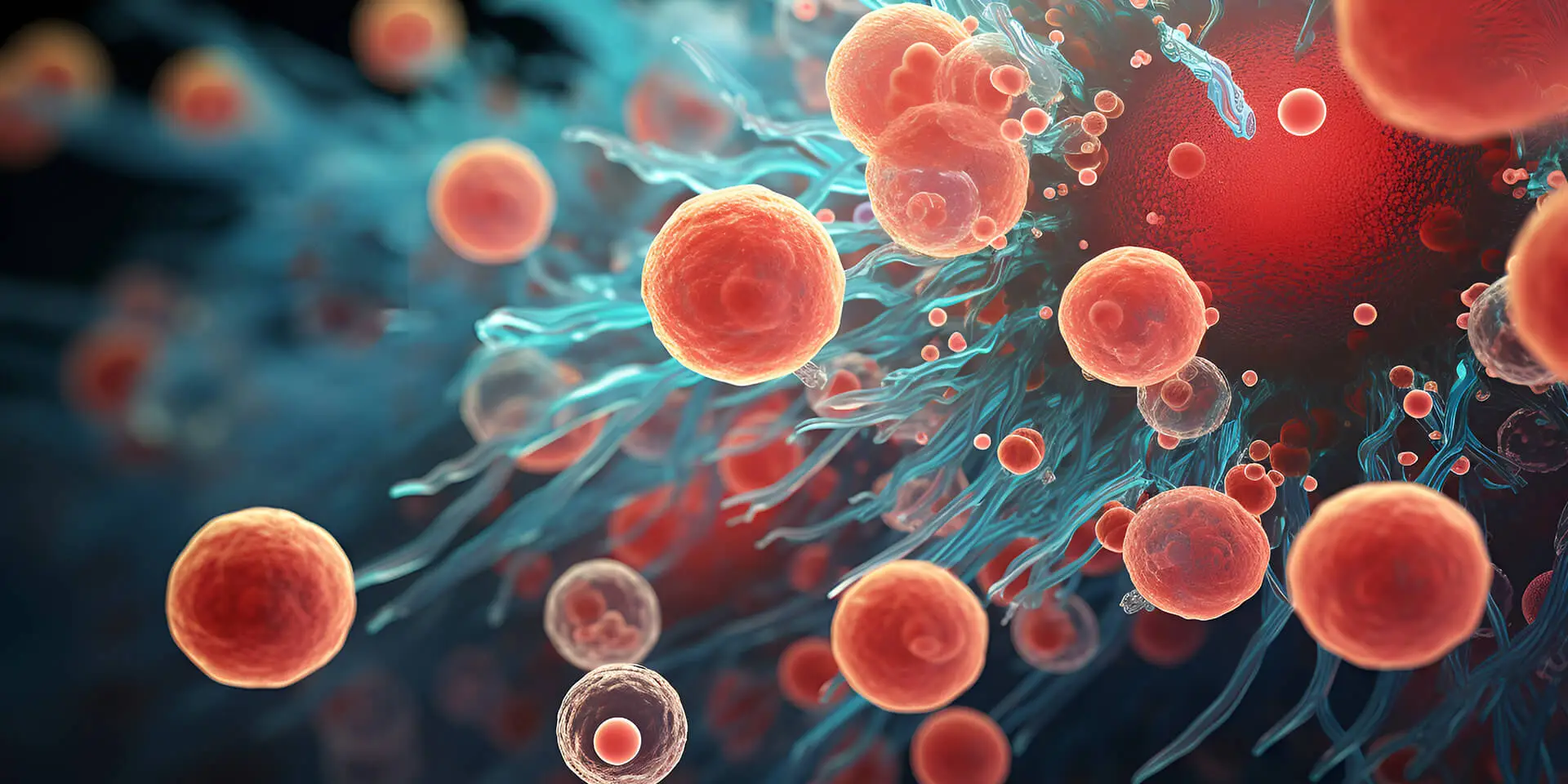
Gene-swapping in Human Eggs and Sperm Can Increase Mutations in Children
When parents pass their genes down to the next generation, their children receive shuffled or remixed versions of their own chromosomes. According to a recent, high-precision study of the DNA of more than 150,000 people in Iceland, that reshuffling of the chromosomal deck can increase the chances that the child’s DNA will also mutate in certain locations. The findings of this study may help the understanding of mutation rates in humans and perhaps how quickly we are changing as a species.
One’s total genetic makeup, or genome, consists of long strands of double-stranded, helical DNA, which codes for genes using the four chemical letters of the genetic alphabet. Approximately three billion pairs of letters, or “base pairs,” coil into 23 pairs of chromosomes in almost all of one’s cells. Each chromosome contains thousands of genes, strands of DNA that code for various types of proteins.
Egg and sperm cells each have 23 chromosomes (one-half of the chromosomes of other cells) and arise from specialized cells called germ cells. However, before a germ cell splits, each chromosome exchanges a piece of itself with its partner chromosome in a process called “crossover,” or recombination. That is, sequences of DNA cross over between the chromosomes in a pair. Due to this “gene swap,” children do not have the identical chromosomes of their parents.
Recent data have revealed that crossovers may affect the rates at which individual genes mutate. Using a genetic data set of 155,250 Icelanders, researchers at deCODE Genetics, a biotechnology company based in Reykjavik, have created the most detailed map yet of the relative locations of genes of the human genome. By looking at the differences in parent and child DNA, the researchers were able to trace both crossovers and mutations in DNA as it passed from parent to child. Although prior genetic maps revealed the locations of specific features to within thousands of DNA base pairs, the new map pinpoints the location of a feature to a segment of DNA about 700 base pairs long.
As reported in the January 14, 2019 edition of Science, the team found that mutations occurred much more often near crossover sites. In stretches of DNA within about 1000 base pairs of where crossovers had happened, mutations were roughly 50 times more likely than in the whole genome on average. And the farther from a crossover site a stretch of DNA was, the fewer the mutations.
Previous investigations have shown similar relationships between crossovers and mutations but in considerably less detail and in far smaller sample sizes. Crossovers that occur when parents’ eggs and sperm cells are created are not random, and they make mutations more likely in certain areas of DNA, making these mutations less random as well. This suggests that there is more than randomness contributing to genetic diversity.
Interestingly this study also demonstrated that parents’ ages matter: for each year older that a mother or father is when their child is born, the number of mutations in the child’s DNA will increase by about 0.38 and 1.39 respectively. Further, a mother’s age also affects the number of crossovers a child will inherit. For older mothers, the egg cells that eventually become children tend to have more crossovers than the egg cells of younger mothers.
Aside from findings about crossover and mutation frequencies, the researchers from Iceland identified several specific genes that may be associated with the rate or location of crossovers beyond the genes already known.
In summary, this work suggests that understanding how mutations occur can help biologists study how human genetic diversity happens and may yield insights into mutation-caused diseases as well.
Reference: doi:10.1126/science.aaw7896
Categories
About the Blog
Welcome to the Center for Reproductive Medicine Blog! Nationally and internationally recognized for providing exceptional reproductive care, our team believes in empowering people with the knowledge they need to navigate their unique fertility journeys.
From information on the latest fertility treatments to valuable insights on egg donation, surrogacy, and everything in between, the Center for Reproductive Medicine Blog is your ultimate resource for all things reproductive care and support. Read on to learn more, and contact us today if you have any questions or want to schedule a new patient appointment.

